Acid catalysed conversation of 1,2-diol or vicinal, into carbonyl compound known as pinocaol-pinacolone rearrangement.

Generally more electron donating group migrate during mechanism, migration of H is faster because of its smaller size.
Which of the following is not correct about this rearrangement?
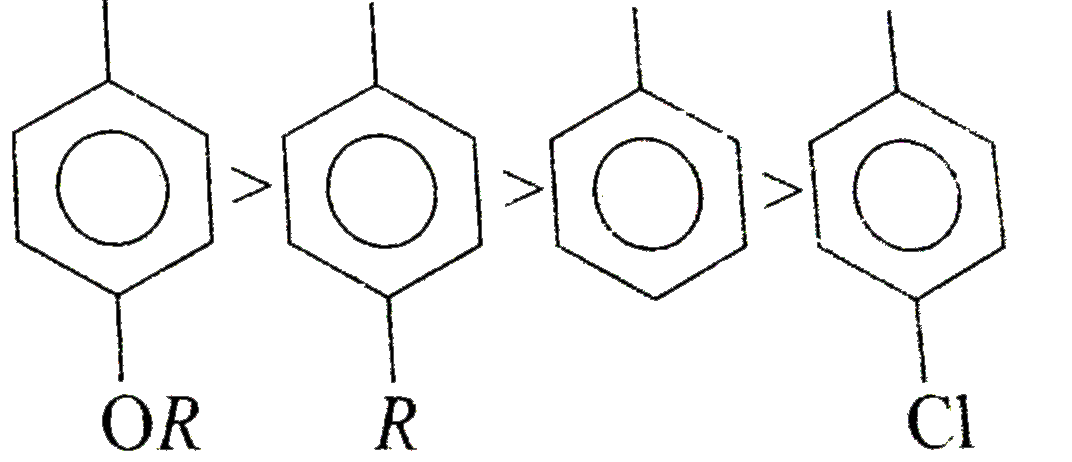
The carboncation is stabilised by 1,2-shift
Migration aptitude for substituent is in R−>H−>C6H5
Product of reaction is carbonyl compound.
The correct Answer is:C
Step by step video, text & image solution for Acid catalysed conversation of 1,2-diol or vicinal, into carbonyl compound known as pinocaol-pinacolone rearrangement. Generally more electron donating group migrate during mechanism, migration of H is faster because of its smaller size. Which of the following is not correct about this rearrangement? by Chemistry experts to help you in doubts & scoring excellent marks in Class 12 exams.
Updated on:21/07/2023Similar Questions
Aldehydes and ketones ar specially susecptible to nucleophilic addition because carbonyl group
 is polar (due to electronegativity difference between carbon and oxygen)
is polar (due to electronegativity difference between carbon and oxygen)

Positive charge on carbon makes it reactive towards the nucleophili. This addition is catalysed by acid.
Reactivity of carbonyl compound towards nucleophilic addition increases with increases in the electron deficiency at carbonyl carbon. Thus, (-I.E.)groups increase while (+I.E.) groups decrease the reactivity of carbonyl compound.
Which among the following isomeric compounds is most reactive?
View SolutionThe base catalysed reaction of 1,2-diketone to a salt of 2-hydroxy carbonxylic acid is known as benzile acid rearrangement . The reaction is not application to 1,2-diketones containing α− methylene group because of competing aldol condensation .


View Solution
Knowledge Check
Acid catalysed conversation of 1,2-diol or vicinal, into carbonyl compound known as pinocaol-pinacolone rearrangement.

Generally more electron donating group migrate during mechanism, migration of H is faster because of its smaller size.
What would be the major product of reaction?
 A
A B
B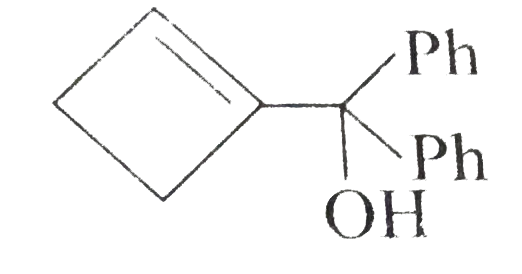 C
C D
D
Acid catalysed conversation of 1,2-diol or vicinal, into carbonyl compound known as pinocaol-pinacolone rearrangement.

Generally more electron donating group migrate during mechanism, migration of H is faster because of its smaller size.

In this sequence of reaction final product is"A B
B C
C D
D
Acid catalysed conversion of 1,2-diol or vicinal diol, into carbonyl compound known as pinacol-pinacolone rearrangement.

Generally more electron donating group migrate during mechanism, migration of –H is faster because of its smaller size.


In this sequence of reaction final product isA B
B C
C D
D
The base catalysed reaction of 1,2-diketone to a salt of 2-hydroxy carbonxylic acid is known as benzile acid rearrangement . The reaction is not application to 1,2-diketones containing α− methylene group because of competing aldol condensation .
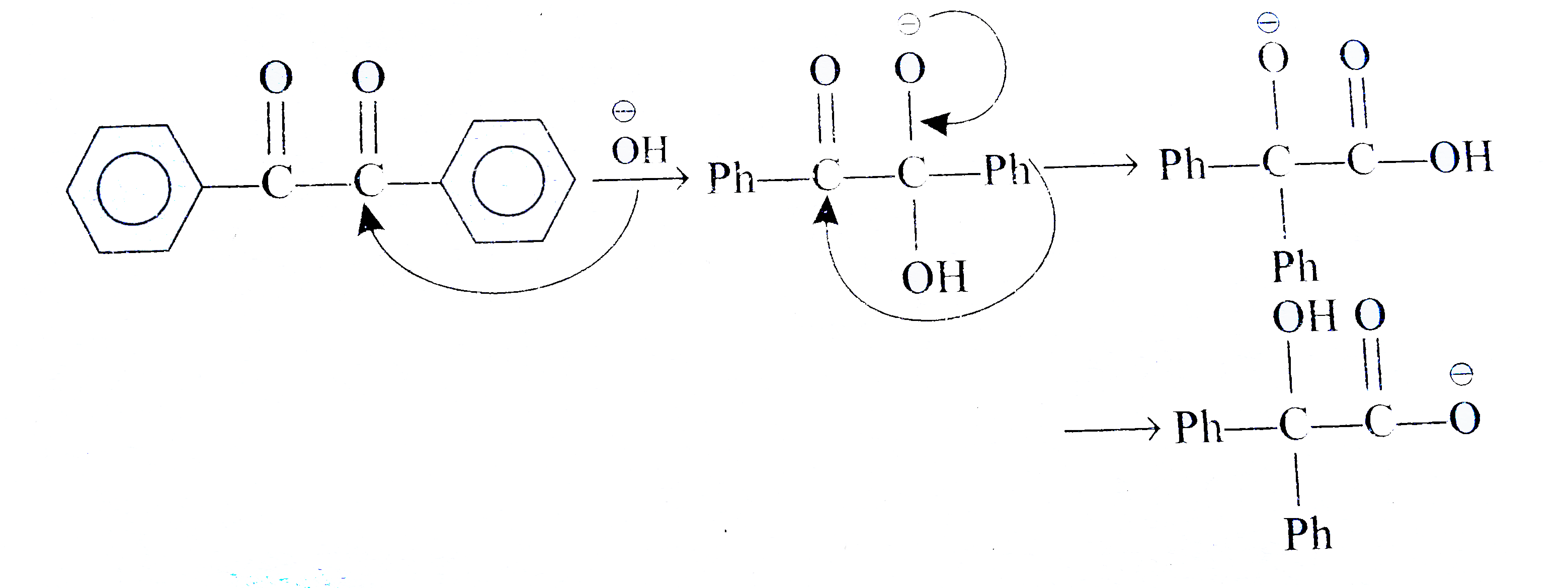
Find out product of following reaction :

View SolutionThe base catalysed reaction of 1,2-diketone to a salt of 2-hydroxy carbonxylic acid is known as benzile acid rearrangement . The reaction is not application to 1,2-diketones containing α− methylene group because of competing aldol condensation .


Find 'P' :
View SolutionAldehyde and ketones are specially susceptible susceptible to nucleophile addition because carbonyl group
_E01_578_Q01.png) (due to electronegatvity different between carbon and oxygen).
(due to electronegatvity different between carbon and oxygen).
_E01_578_Q02.png)
Positive charge on carbon makes it reactive towards the nucleophile. This addition is catalysed by acid. Reactivity of carbonyl compound towards nucleophilic addition increases in the electron deficience at carbonyl carbon. Thus, (-I.E.) group increase while (+I.E.) groups decrease the reactivity of carbonyl compound
Which of the following is most reactve to give nucleophilic addition?
View SolutionAldehydes and ketones ar specially susecptible to nucleophilic addition because carbonyl group
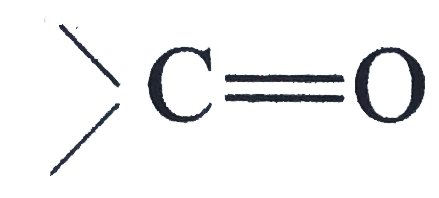 is polar (due to electronegativity difference between carbon and oxygen)
is polar (due to electronegativity difference between carbon and oxygen)
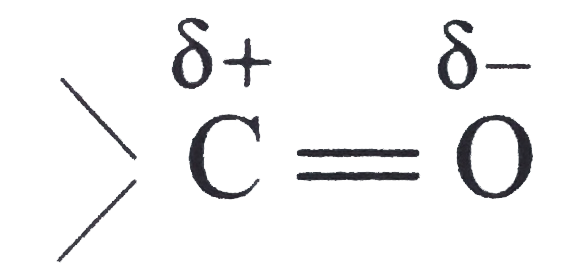
Positive charge on carbon makes it reactive towards the nucleophili. This addition is catalysed by acid.
Reactivity of carbonyl compound towards nucleophilic addition increases with increases in the electron deficiency at carbonyl carbon. Thus, (-I.E.)groups increase while (+I.E.) groups decrease the reactivity of carbonyl compound.
Which among the following is most reactive to give nucleophilic addtion ?
View SolutionHofmann rearrangement
In the Hofmann rearrangement an unsubstitued amide is treated with sodium hydroxide and bromine to give a primary amine that has one carbon lesser than starting amide.
Gneral reaction:
If the migrating group is chiral then its configuration is retained. Electron releasing effects in the migrating group increase reactivity of Hofmann rearangement.
Which of the following compound(s) cannot give Hoffman rearrangement:
View Solution
